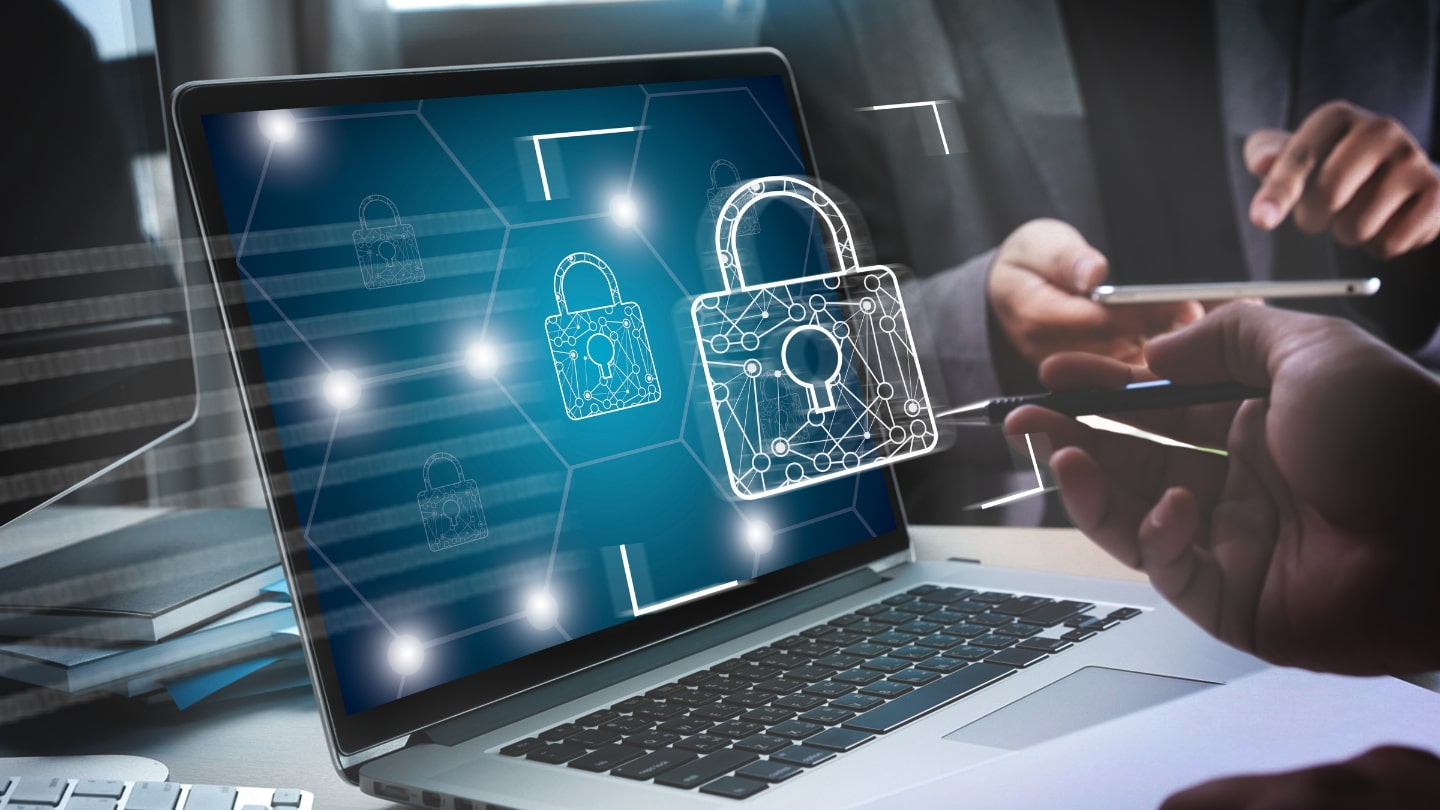Cybersecurity trends are a part of ongoing technological progress. In 2024, Gartner predicted that less than 10% of organizations will be focused solely on providing protection for consumer data. It is crucial to stay ahead of cybersecurity trends as several reports bring forth facts. For instance, a report by Cybersecurity Ventures suggests that cybercrime can incur a total damage cost of $9.5 trillion annually in 2024. Evidently, there is an increasing need for vigilance when it comes to the usage of artificial intelligence along with machine learning.
Let’s look at the cybersecurity trends that every cybersecurity specialist must be aware of.
1. Quantum Computing and Security Challenges
Quantum computing is primarily anticipated by 2024 in the wake of ongoing trends. Traditional methods like cryptograms are going to be challenged with the rise of quantum computing.
Here is how quantum computing will serve as an ongoing cybersecurity trend –
- Encryption vulnerabilities: Quantum computers can break current encryption standards.
- Industry transition: Companies investing in quantum-resistant security measures.
2. AI-field Attacks and Equal Defense
As always, AI attacks have never seen a dearth. However, with growing times, it has been a lot easier to control it. As AI cyberattacks increase, more sophisticated software is expected to make the rounds to combat it.
For instance, per a report published by Microsoft Threat Intelligence, a group called Midnight Blizzard compromised the data of multiple small businesses to launch security attacks. Organizations will heavily rely on AI-driven cybersecurity tools to border threats thereby, enabling a defense mechanism against possible threats.
3. Internet of Things (IoT) and the Cybersecurity Career Surrounding It
IoT poses several vulnerabilities for smart devices. In saying so, it is important to note that the expanding IoT system will be a prime target for cyber threats thanks to its interconnected nature.
Addressing these would make it easier to enforce a tight-knit network and a secure one at that. For instance, a collaborative effort between the manufacturer, regulator, and cybersecurity expert can heavily influence security standards for all upcoming IoT devices.
4. Adoption of Zero-Trust Architecture
As the first rule of a zero-trust framework, the focus would be on rising verification about continuity as well as stricter access controls within the system. Here are some of the things one can expect –
- Perimeter-less security as opposed to perimeter-based security
- Identity-centric approach across all devices and for all users
5. Evolution of Ransomware
As we have seen previously with Midnight Blizzard, ransomware attacks, as traditionally expected, will get even more sophisticated with time. Attacks involving critical security infrastructure are expected and technologies like blockchain are going to be interrupted.
If you are looking for online cybersecurity certifications that focus on ransomware extensively along with other core cybersecurity skills, explore USCSI® certifications. The primary feature of the certification is to offer an in-depth focus on popular AI trends coupled with historical data. These certifications are globally trusted by the leading cyber corporates; making them one of the top cybersecurity certifications and a primary pick at the time of recruitment.
6. Cyber-physical System and Security Measures
Interlinking both cyber and physical system attacks will demand a heightened network meant to protect critical infrastructure. An industrial control system (ICS) security will be on the rise along with smart city security. Integration using IoT and operational technology (OT) will also be the norm.
7. Cloud Security Extended Measures
As the tech industry adopts the cloud extensively, a focused approach to improving cloud security mediates and practices will be present. Addressing vulnerabilities in the areas of cloud misconfigurations, cloud security tools, and redressal of compliance laws and overall governance is expected.
Global universities such as Stanford and others offer cybersecurity graduate programs that focus on leveraging real-life applications to secure against attacks. These programs can help you accelerate your career as a certified cybersecurity expert.
8. Skill Gaps and Reskilling Initiatives Towards Cybersecurity
As a classic rule of thumb, refocus and development will be on an all-time high with newer tech and threats coming forth. A talent shortage is something that companies need to deal with and establish training programs for the benefit of their employees and operations.
International Universities have introduced landmark courses on cybersecurity that target the intersection of policy and technology in keeping with current times.
9. Focus on Supply Chain Security
The supply chain is one area that may be highly disruptive thanks to logistics being the lifeline of all things tech. In repairing the logistic chain, brands are expected to focus on the following areas—
- Third-party risks and Vendor risk management
- Zero trust supply chain
10. Biometric Authentication and Associated Privacy Concerns
Increased reliance on biometric authentication can be concerning given that most ransomware attack biometric data. Establishing a multi-factor authentication system can prove beneficial along with repeated checks.
What Lies Ahead
In 2024, cybersecurity shall face a landscape defined by quantum computing risks and AI-driven threats. Supply chain vulnerabilities and a shortage of skilled workers further make it even more challenging. Using these trends to your organization’s benefit, the industry can collaborate, regulate, and eventually create innovative solutions for resilient cyber defenses.

